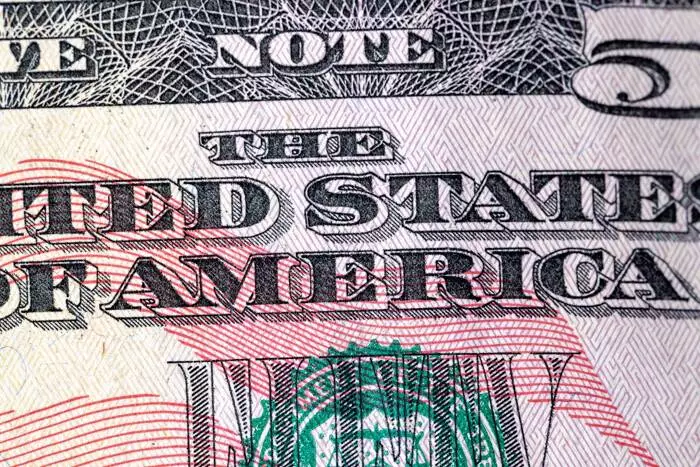Recent new tariffs imposed on major global players like China, Japan, and the European Union have created waves in international markets. The escalated duties now stand at an eye-popping 54% for China, 24% for Japan, and 20% for the EU. These announcements have not only disrupted traditional trading norms but have also thrown economic forecasts into an unprecedented state of flux. As traders parsed the implications of these tariffs, panic spread throughout the markets, showcasing how delicately balanced economic relationships are in the modern world.
The Immediate Reactions and Market Impacts
Following the tariff announcements, particularly the universally applied 10% tariff effective from April 5, there has been noticeable turmoil in various asset classes. Most sectors, with a few exceptions for safe havens, experienced a sharp decline, pushing the dollar index to its lowest levels in six months by April 2. The repercussions extend beyond surface-level price movements; traders are increasingly concerned about the potential for higher inflation in the United States, coupled with fears of a looming recession in the ensuing quarters. These tariffs are not merely fiscal tools; they are powerful variables shifting the landscape of global commerce.
According to calculations from JPMorgan, these new tariffs are projected to generate about $400 billion in revenue, a figure that marks the largest tax hike since 1968. Such dramatic fiscal policy adjustments will invariably push the Personal Consumption Expenditures (PCE) index upward by 1-1.5% in the latter half of the year. The implications are enormous: an inflationary environment fueled by tariffs could quickly set off a chain reaction leading to more significant economic destabilization.
Trade Wars and Their Toll on Confidence
A crucial point of concern lies in the unpredictable nature of these tariffs. Historically, President Trump’s approach to trade has been erratic, with policies modified on a whim. Given that previous tariffs on Canada and Mexico were continually altered, market participants are rightly skittish about what lies ahead. Without a clear endpoint or duration for the current tariffs, investment and stock markets face a unique level of uncertainty, which hinders strategic planning and long-term decision-making.
The rhetoric emanating from China and the EU post-announcement has been particularly aggressive, pointing to a tit-for-tat scenario that could exacerbate tensions even further. In the backdrop of these trade wars, the unease is palpable, particularly as multiple traders are beginning to anticipate monetary easing measures from the Federal Reserve sooner than previously thought.
Economic Indicators and Employment Outlook
In tandem with trade anxieties, the forthcoming job report from the U.S. on April 4 adds another layer of complexity to an already quaking landscape. The labor market is a crucial indicator, and any surprising shifts could magnify volatility, particularly given concerns around federal employment numbers and their implications for overall economic health, as hinted at by developments surrounding the cryptocurrency DOGE and federal jobs.
The intricate dance between tariff implementations and job market fluctuations may soon present unforeseen challenges for policymakers. Amidst this backdrop, the euro has demonstrated strength against the dollar, capitalizing on the instability. As the eurozone braces for its own economic indicators, notably showcasing a cooling inflation rate at 2.2%, there’s a possibility that these stabilizing facets could mitigate some of the aggressive swings stemming from U.S. trade policy.
Technical Analysis: Preparing for Market Trends
On a more technical note, traders are advised to keep an eye on key resistance levels for the euro against the dollar. The $1.10 mark is proving to be a formidable barrier, holding up against recent upward momentum. Yet, with the euro showing signs of consolidation above $1.08, it appears that market sentiment may shift positively, allowing for a potential breakout.
Juggling these factors—the existing resistance at $1.10, along with critical support levels near $1.07—paints an intriguing picture for traders. As the economic environment evolves, the trajectory of these currencies reflects broader narratives of trade, policy, and the ongoing global economic dance, which is increasingly marked by tension and uncertainty.
In this rapidly changing scenario, maintaining agility and openness to new analyses will be imperative for market participants navigating the uncertain and often tumultuous waters of global trade.

